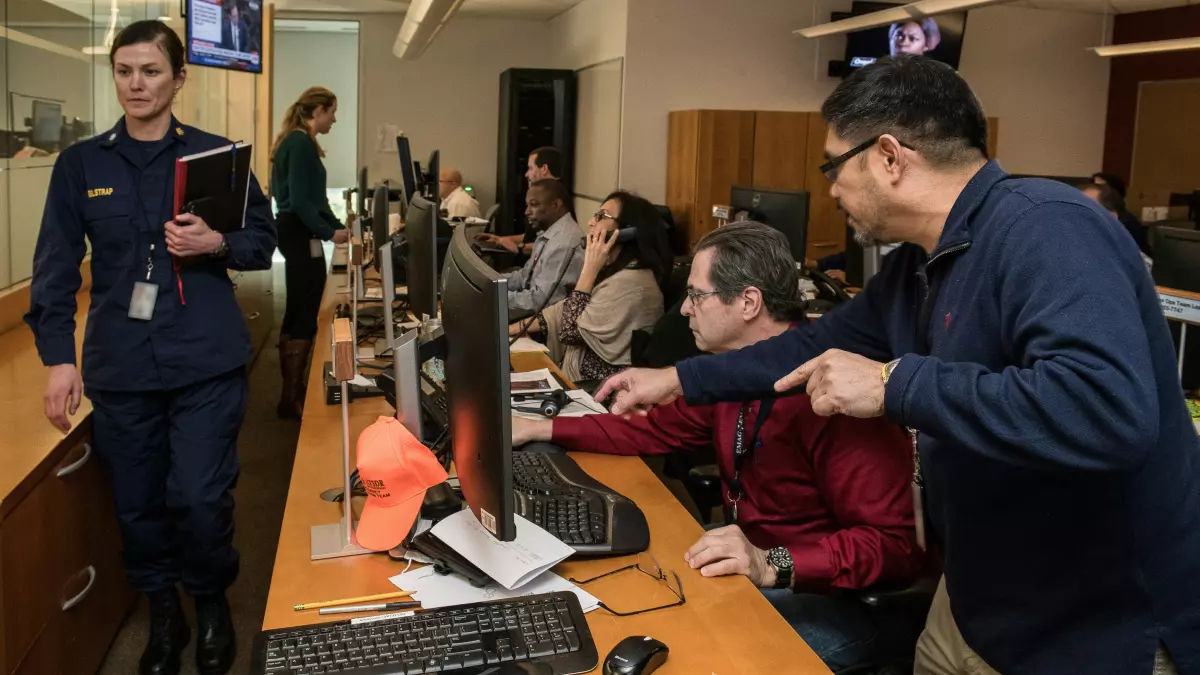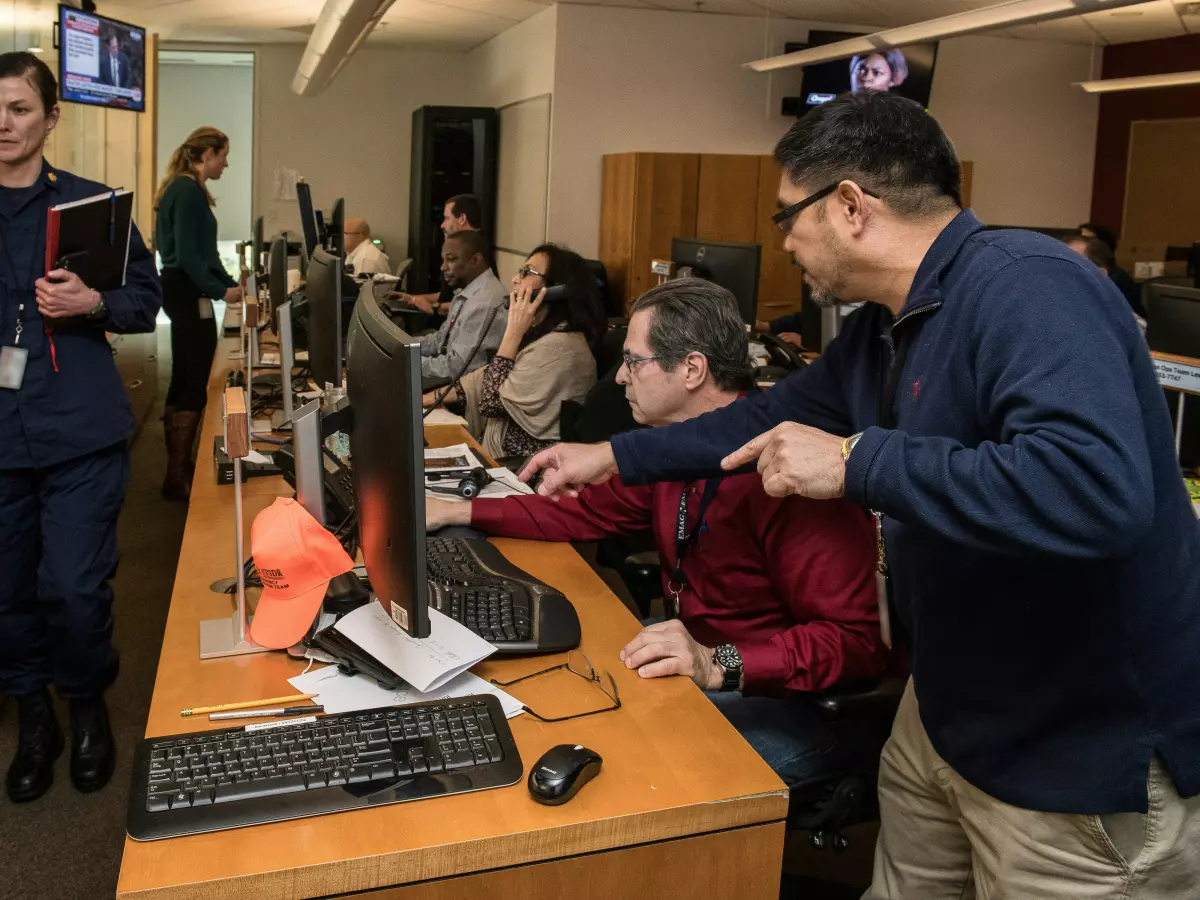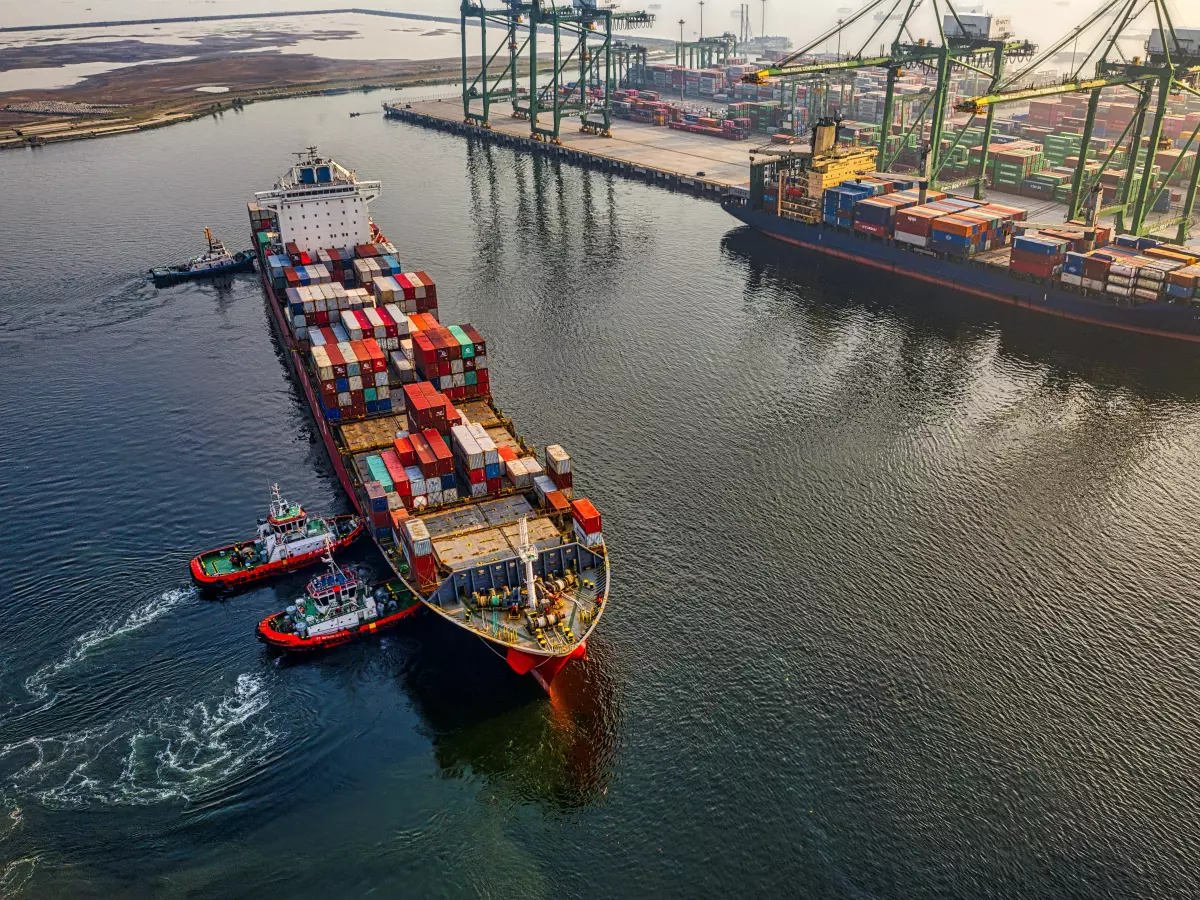AI in Crisis
When disaster strikes, chaos often reigns. But what if the key to saving lives lies in algorithms?

By Isabella Ferraro
In 2010, a devastating earthquake struck Haiti, leaving the world scrambling to respond. Amid the rubble, a surprising hero emerged: technology. Crowdsourced maps created by volunteers using platforms like OpenStreetMap helped relief workers navigate the chaos. It was a glimpse into how data and tech could transform disaster response. Fast forward to today, and artificial intelligence (AI) is taking this concept to a whole new level.
AI algorithms are now being deployed to predict, manage, and mitigate disasters in ways that were unimaginable just a decade ago. From analyzing seismic data to predict earthquakes to using drones for real-time damage assessment, AI is becoming an indispensable tool in crisis management. But how exactly does it work, and what does it mean for the future of disaster response?
Predicting the Unpredictable
One of the most jaw-dropping applications of AI in disaster management is its ability to predict events before they happen. Using machine learning models trained on historical data, AI can identify patterns that humans might miss. For example, researchers are using AI to analyze satellite images and weather data to predict hurricanes, floods, and even wildfires. The result? Early warnings that can save countless lives.
Take Cyclone Amphan in 2020, for instance. AI-powered models provided accurate forecasts days in advance, allowing authorities in India and Bangladesh to evacuate millions of people. While we can't stop natural disasters, AI is proving that we can at least get a head start on preparing for them.
Real-Time Crisis Management
When disaster does strike, every second counts. AI algorithms shine in these high-pressure situations by processing vast amounts of data in real-time. For example, during wildfires, AI-powered drones equipped with thermal cameras can map the spread of fire faster than any human team. Similarly, AI chatbots are being used to handle emergency calls, ensuring that critical information is relayed to first responders without delay.
But it's not just about speed. AI can also prioritize resources more effectively. In the aftermath of an earthquake, AI systems can analyze social media posts, news reports, and sensor data to identify the hardest-hit areas. This ensures that aid reaches those who need it most, faster.
Rebuilding Smarter
Disaster response doesn't end when the immediate crisis is over. The rebuilding phase is just as critical, and AI is playing a surprising role here too. Algorithms can analyze structural damage to buildings and infrastructure, helping engineers decide what can be repaired and what needs to be rebuilt. This not only speeds up recovery but also ensures that communities are rebuilt to be more resilient against future disasters.
For example, after Hurricane Harvey in 2017, AI was used to analyze flood data and create more accurate floodplain maps. These maps are now being used to guide urban planning, reducing the risk of future flooding. It's a perfect example of how AI isn't just about reacting to disasters but also about preventing them.
The Ethical Dilemma
Of course, no technology is without its challenges, and AI in disaster management is no exception. One major concern is data privacy. To be effective, AI systems need access to vast amounts of data, including personal information. Balancing the need for data with the right to privacy is a tricky tightrope to walk.
There's also the issue of bias. AI algorithms are only as good as the data they're trained on. If that data is incomplete or biased, the results can be skewed. For instance, an AI system might prioritize urban areas over rural ones simply because there's more data available for cities. Ensuring that AI serves everyone equally is a challenge that developers and policymakers will need to address.
The Future of Disaster Response
So, what does the future hold? As AI continues to evolve, its role in disaster management is likely to grow. Imagine a world where AI-powered robots assist in search-and-rescue missions, or where machine learning models predict not just the occurrence of a disaster but its exact impact. The possibilities are endless.
But perhaps the most exciting prospect is the democratization of disaster response. With AI tools becoming more accessible, even small communities can harness the power of technology to protect themselves. It's a future where everyone, not just the well-funded, can benefit from the life-saving potential of AI.
In the end, AI won't eliminate disasters, but it can help us face them smarter, faster, and stronger. And in a world where every second counts, that's nothing short of revolutionary.





